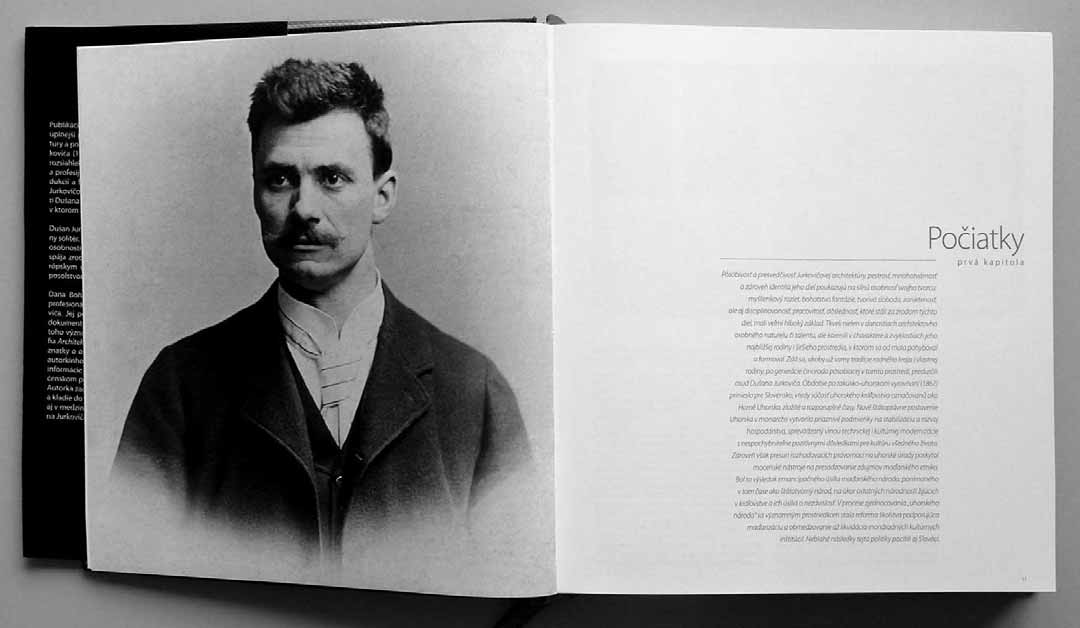During the period that has elapsed since the publication of the present author’s previous survey (Dulla, Matúš: Personalities and influences. Contribution to the study of modern architecture in Slovakia. Architektúra & urbanizmus 41, 2008, 1 – 2, pp. 5 – 20), a significant shift has been noticed in the practice of Slovak architectural monographs. In short, three extensive publications have appeared devoted to the architects Dušan Jurkovič, Emil Belluš and Friedrich Weinwurm, as well as three shorter monographs (concerning the architects L. Oelschläger, L. Hudec and M. M. Harminc). The appearance of these publications came roughly twenty years after the wide-ranging changes in Slovak society in 1989, which had a notable effect on architectural historiography as well. It is clear that a full evaluation of these changes requires not years but decades to become clear: the genre of the monographic work on Slovak architects is thus a chance for good comparison with similar areas in more advanced cultural scenes. At the same time, it allows for a richer judgment of the interpretative level on which the authors of these works, whether consciously or unconsciously, chose to stand. Dana Bořutová compiled her first monograph on Dušan Jurkovič (1868 – 1947) as early as 1993, though she evidently realised that it was not merely possible but indeed necessary to issue a significantly expanded re-edition. The result was the first of these three large-scale monographs: The Architect Dušan Samuel Jurkovič. Life and Work. (Architekt Dušan Samuel Jurkovič. Život a dielo. Bratislava, Slovart 2009). Even in its first incarnation, the work was the most extensive and detailed book about this architect, far exceeding any previous efforts. The author then expanded it and further refined its argumentation, drawing additional connections and bringing the reader more deeply into the relationships, influences and human background of this significant creator’s life. Moreover, she placed further stress on her thesis of the underrated value of the final phases of his oeuvre. Additionally, she drew addition to the formulating influences of Jurkovič’s studies in Vienna and the exciting architectonic discourse in the heart of the Hapsburg monarchy. …

This work is licensed under a Creative Commons Attribution 4.0 International License.
